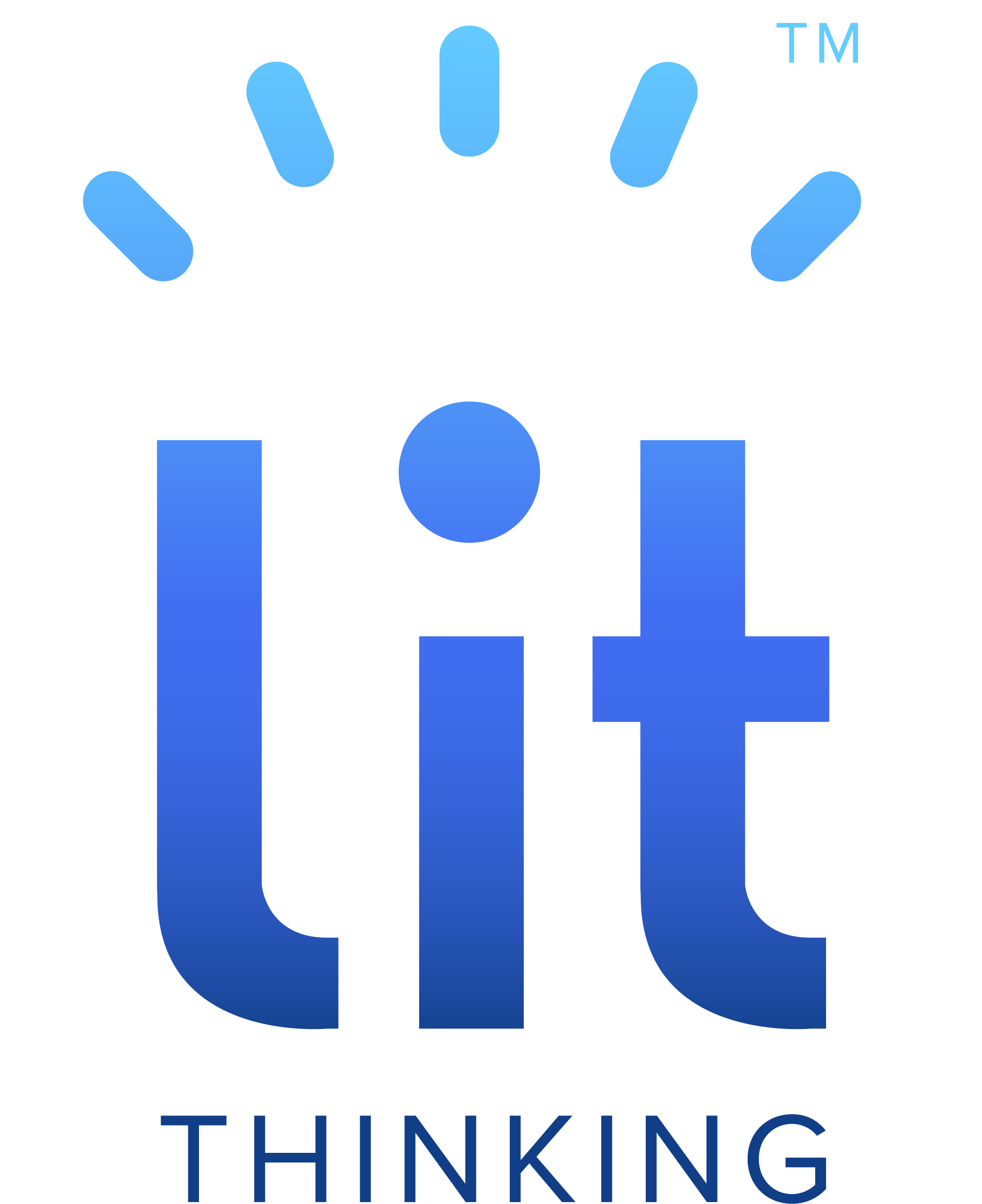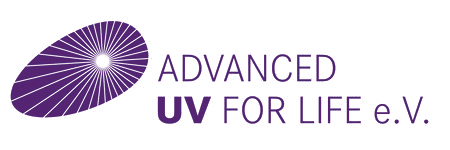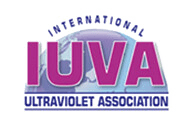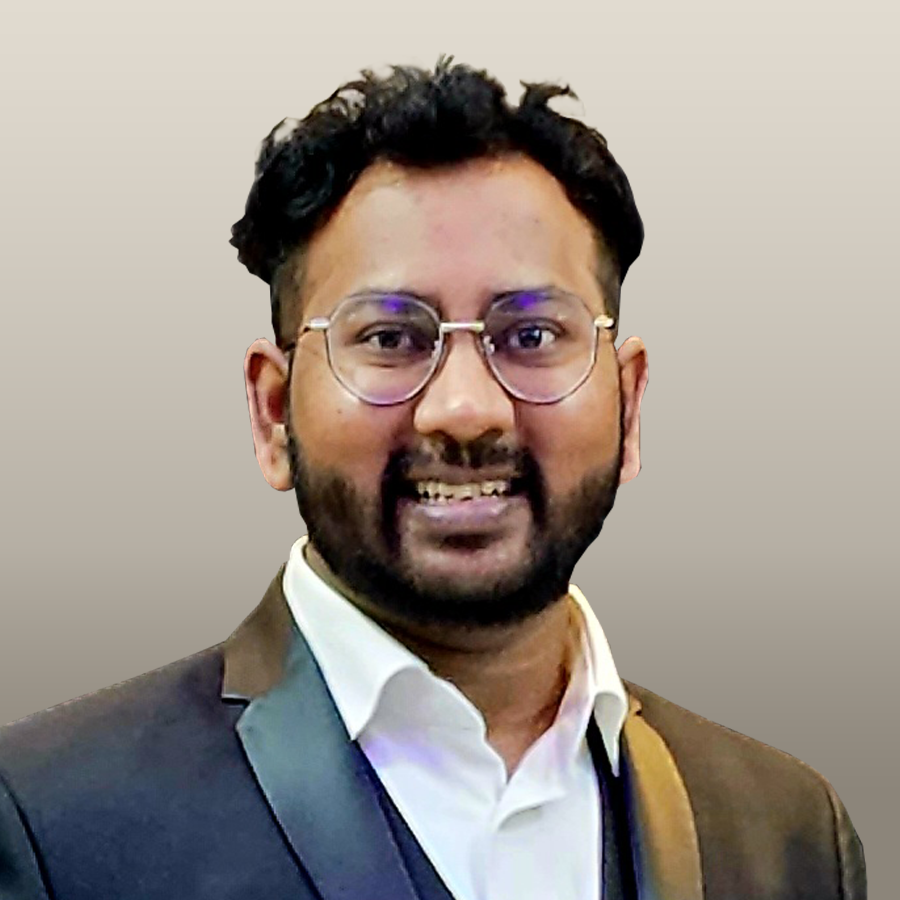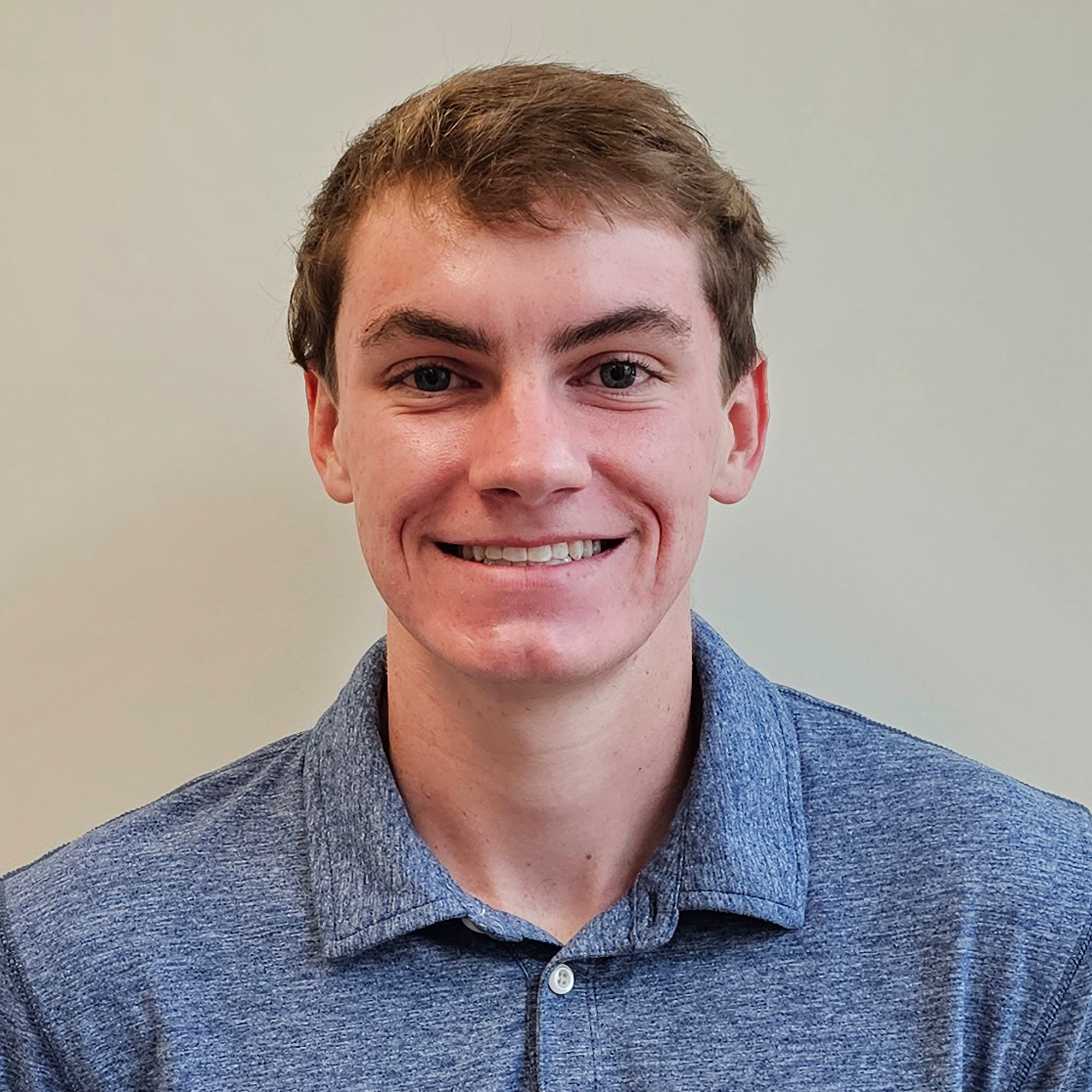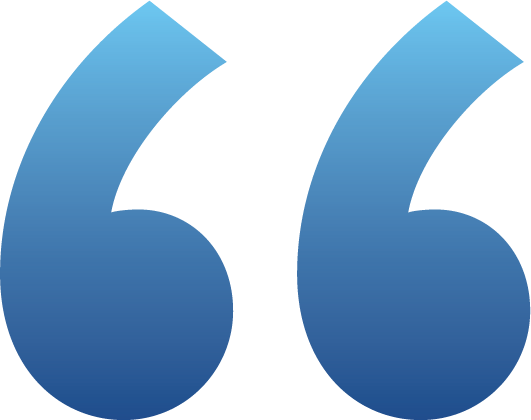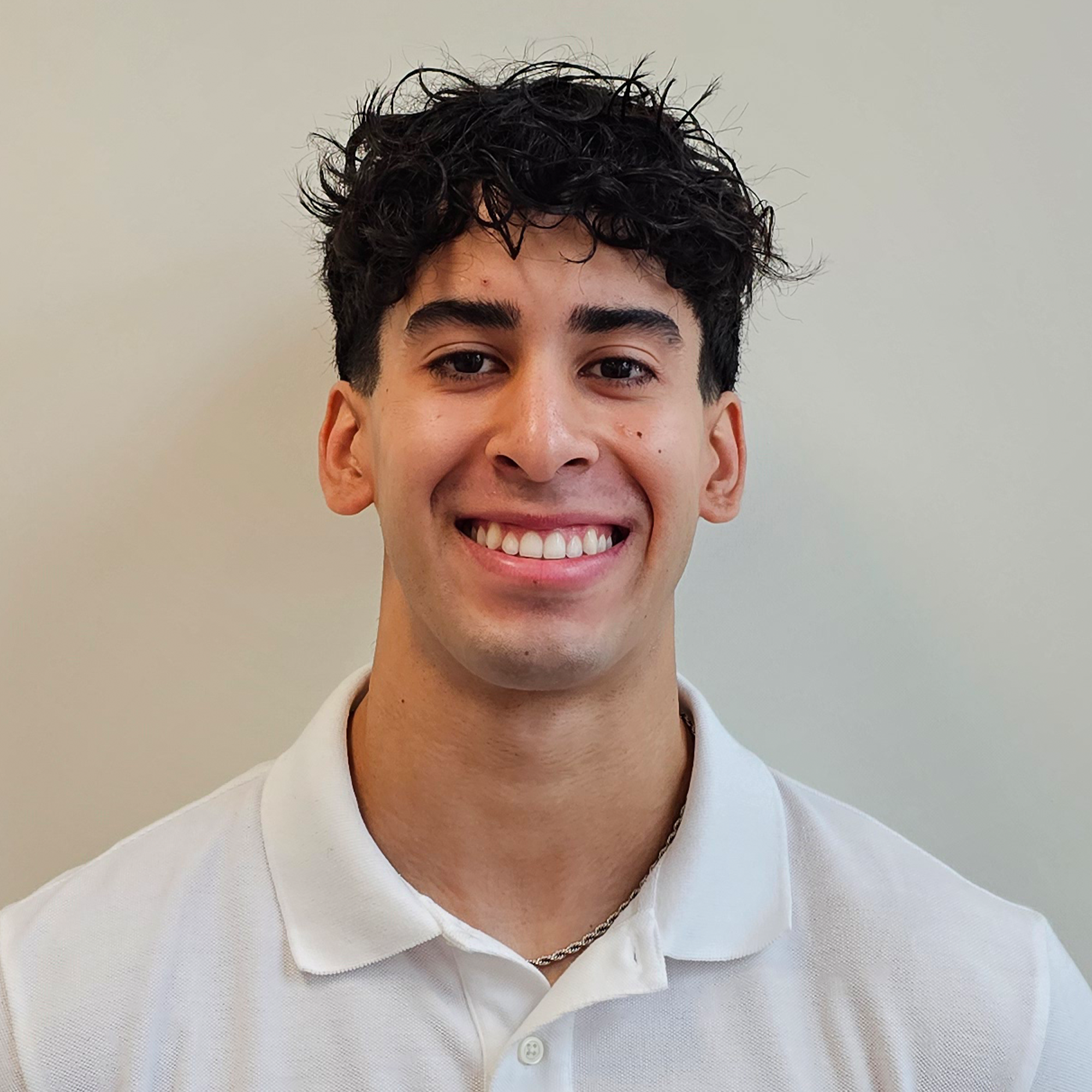Lit Thinking’s™ Visium 1™ Diffuse Optics model has achieved UL2998 ZERO OZONE certification. This is an important achievement for a continuously operating far-UVC device and demonstrates our strong commitment to health, safety, and regulatory compliance. Our far-UVC technology provides efficient environmental pathogen inactivation, with minimum ozone emission. Independent testing by UL confirms our Visium 1 diffuse optic device produces less than 5ppb of zone, using UL 867 Section 40 testing standard and the five-minute rolling average method per UL2998. Even less than the ozone level in fresh outside air!
Lit Thinking creates effective, human-safe solutions for the indoor environment. Our smart Visium devices utilize far-UVC to dramatically reduce harmful pathogens in the built environment safely and effectively. Visium products are designed to be low ozone or “zero ozone,” are thoroughly tested, and comply with all relevant ozone safety standards. Visium achieves superior pathogen reduction, with an optimally low ozone footprint, silently and energy efficiently — making healthy buildings a reality.
Understanding Ozone in the Built Environment
The role of ozone in our environment, both indoors and outdoors, is crucial to comprehend. Ozone, a reactive oxygen molecule formed when three oxygen atoms combine, plays a vital role in shielding Earth from harmful ultraviolet light. However, excessive ozone levels can pose health risks, particularly in urban environments where pollution levels are high. While industry standards and regulations address outdoor ozone levels, indoor ozone levels also warrant attention due to their potential to react with indoor pollutants, forming hazardous compounds. This necessitates a nuanced approach to indoor air quality management.
What is Ozone? The normal oxygen we breathe consists of only two atoms of oxygen. Ozone occurs when three oxygen atoms combine to form a reactive oxygen molecule. Outdoors, it is formed through the absorption of sunlight by normal oxygen molecules in our atmosphere. Ozone in our upper atmosphere, where the concentration is roughly 8,000 parts per billion (ppb) (that is 8,000 ozone molecules per billion air molecules), helps absorb the sun’s ultraviolet light, shielding Earth.
Ozone levels within the air we breathe close to the surface of the Earth is much lower since most of the sun’s ultraviolet light is absorbed at much higher altitudes. At sea level, the natural ozone levels in clean air are roughly 10 ppb, although natural phenomena such as lightning storms can temporarily generate much higher levels that people can sometimes smell as a sharp, chlorine-like odor. Human life has adapted well to this low ozone level in clean “fresh” air.
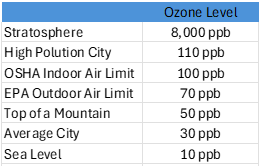
Is Ozone harmful? At high levels, ozone is harmful, and urbanization has resulted in higher ozone levels in some of our cities. At these higher levels, ozone can irritate people both directly through interaction with our lungs and through reactions with other pollutants to form noxious chemicals. Air is considered unhealthy when the ozone level exceeds 70 ppb. Typical cities with good air quality will have ozone levels of 30 ppb. Unfortunately, many cities have levels of ozone that often exceed this value through man-made pollution and many public health officials are trying to take steps to control or reduce ozone levels. In support of their efforts, the EPA created the Ozone National Ambient Air Quality Standards in 1997 to limit ground-level ozone to 70ppb average for an 8-hour period. You can see real-time information about ground-level ozone around you here and here.
Indoor Ozone Concerns: Indoor ozone levels are typically lower than those measured outdoors. Once “outside air” enters a building, the ozone level decays, as it reacts with objects (walls, flooring, furniture etc.) inside. Nevertheless, ozone has been identified as a concern because it can react with indoor pollutants such as Volatile Organic Compounds (abbreviated as VOCs) to form other chemicals and compounds, which can be hazardous. This is referred to as secondary chemistry. Thus, it is desirable to keep indoor levels of ozone low. Apart from outside air, items such as electrical equipment, ionizing air cleaners, and even laser printers can contribute to ozone increases, which has led to regulations and legislation (ie. California CARB regulations), that set strict limits on indoor electrical equipment. Lit Thinking’s Visium is CARB Certified and has achieved UL2998 ZERO OZONE certification.
Effect of Ventilation on Ozone Levels: Modern buildings use a combination of recycled and outside air to provide energy-efficient, comfortable climate control. The amount of outside air in a building is typically measured in air changes per hour (ACH) and is an important tool in preventing the buildup of carbon dioxide and harmful pathogens, along with chemical compounds. Recently, several organizations have recommended much higher levels of ACH to make buildings safer by diluting the concentration of airborne infectious pathogens. This is a great idea, but it also increases indoor ozone concentration until, at high ACH, the indoor ozone level will approach that of the outdoor air. This is a particular concern when the outdoor air quality is bad. Additionally, higher use of outside air means higher energy bills.
Increasing the number of Air Changes (ACH) will typically increase the ozone concentration to that approaching the outdoor air levels, but the need for fresh outside air in well-ventilated buildings is an important piece of the IAQ equation. A balance between the number of air changes and ozone levels is required for optimally safe air. The opportunity to use far-UVC devices to achieve superior pathogen reduction, with an optimally low ozone footprint, along with significant energy savings, makes low ozone, high efficiency, healthy buildings a reality – without the need to trade off safety, health, and energy.
Lit Thinking is committed to making indoor air safe. We support the efforts to limit ozone production indoors and work with industry and regulatory agencies to demonstrate that our solution is a true enabler of safe, efficient, and comfortable buildings. Breathe easy with Visium!
![]()
